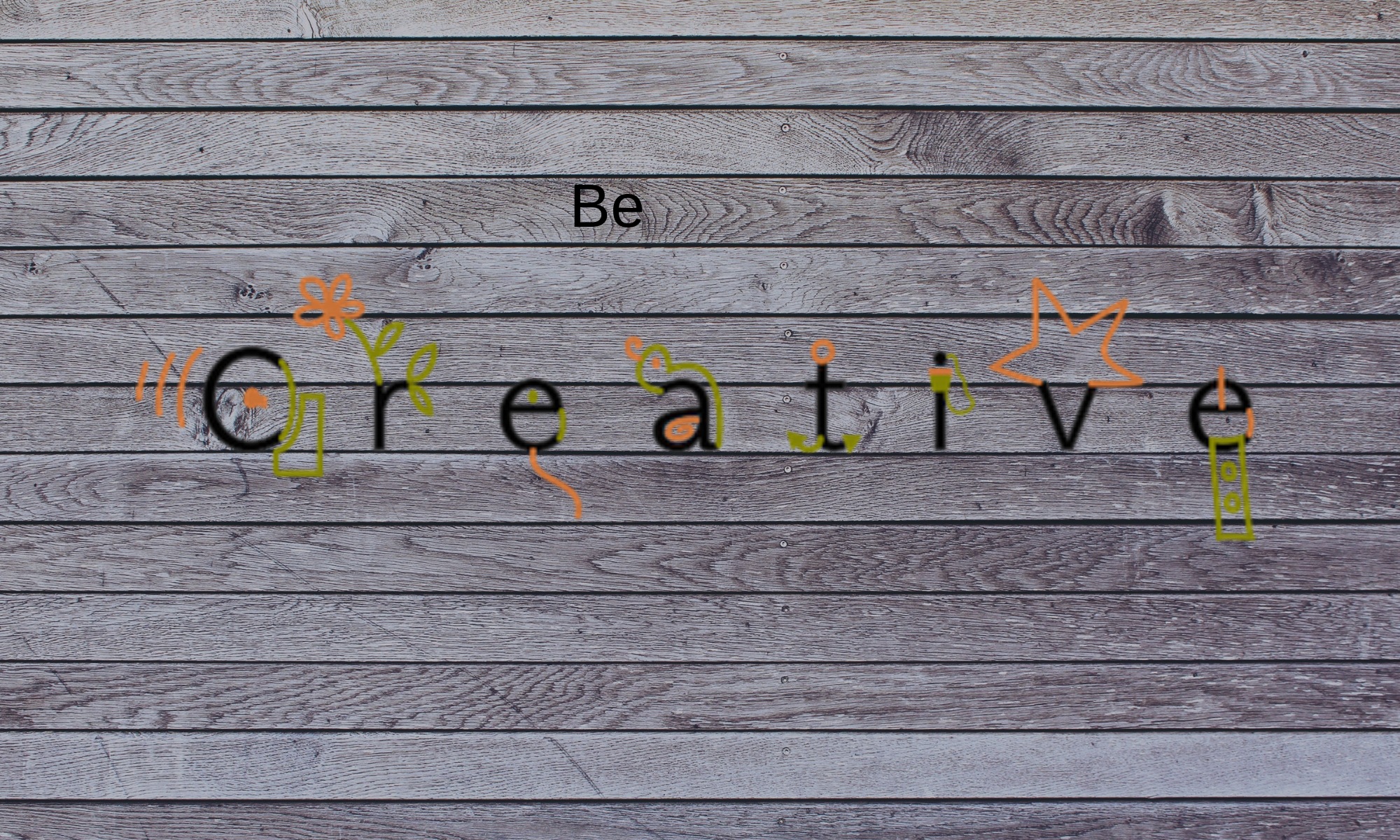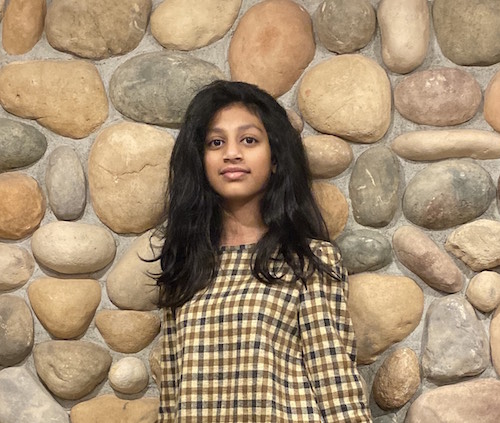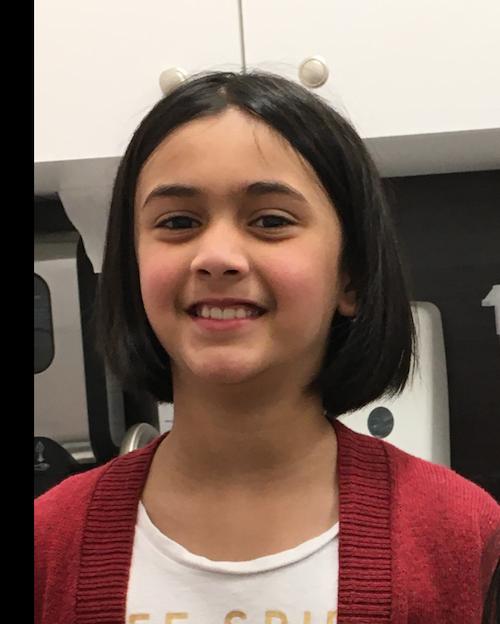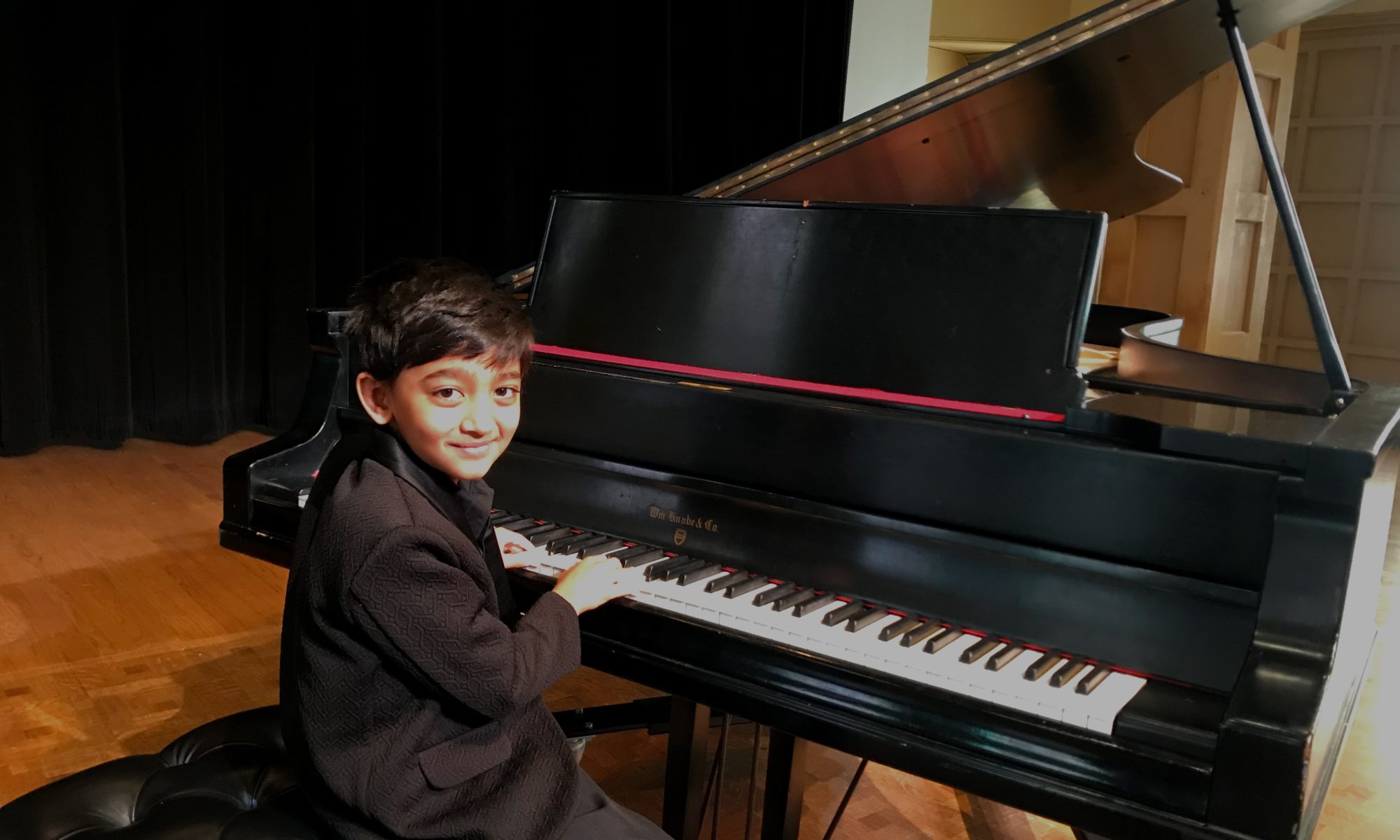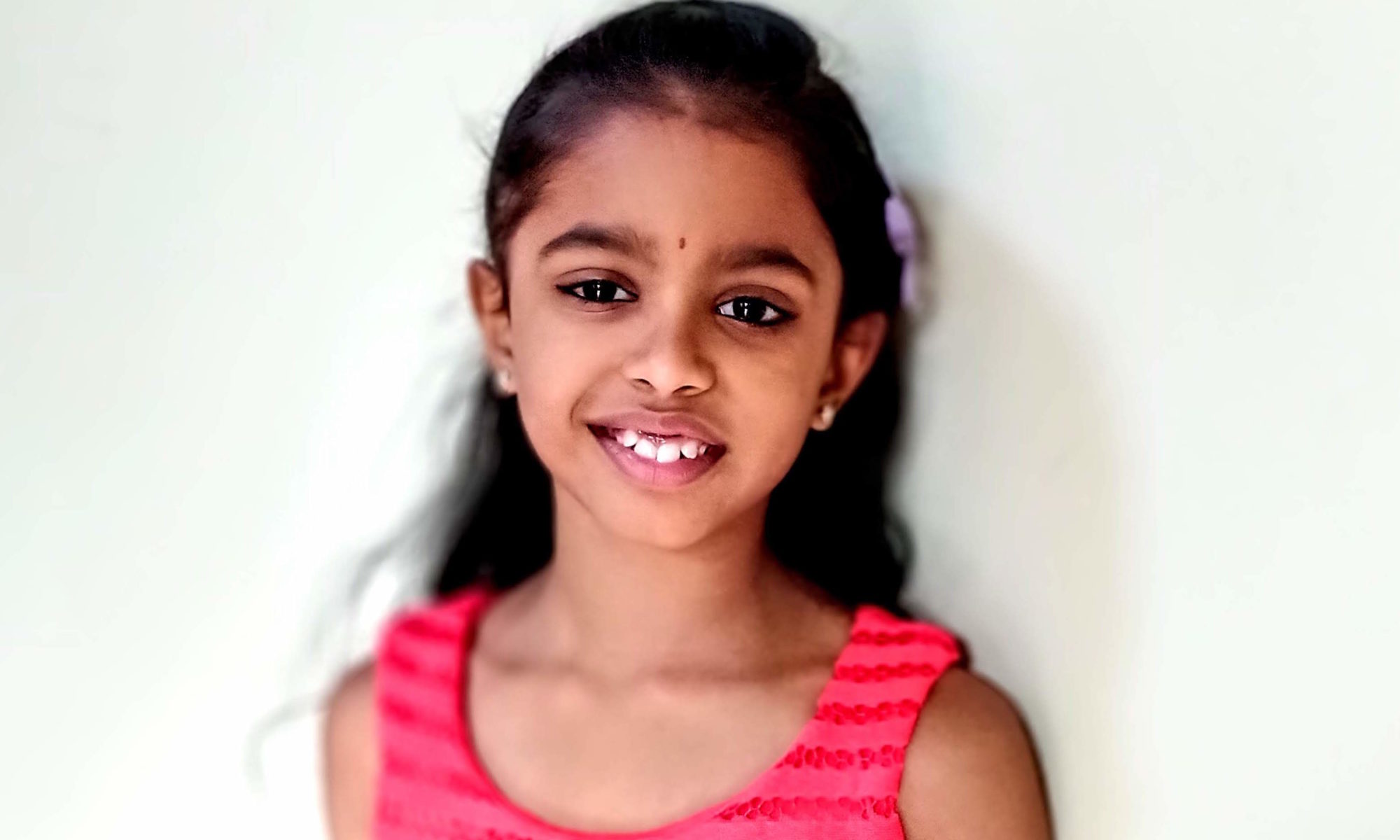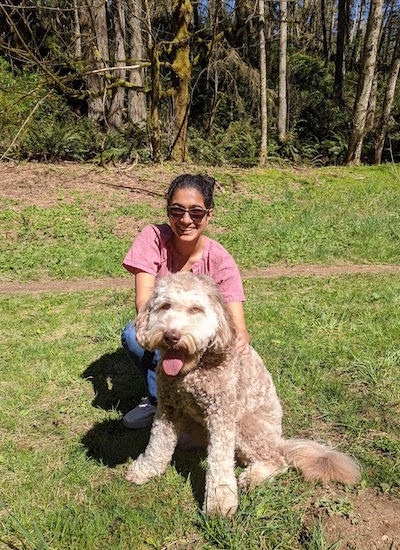Our featured student inventor is Geeth Nunna, who created an interesting storage pouch. Her idea won a national level award as part of the “Student Ideas for a Better America” competition organized by the National Museum of Education.
Here is Geeth talking about her invention in more detail.
Can you tell us a little bit about yourself?
My name is Geeth Nunna and I’m in 5th grade! My interests-hobbies-favorite subjects consist of video games, social network, drama, acting, music, science, social studies, etc. And, my dream job(s) are to be a model, an actor, or a doctor/investigator helping discover new medical research.
What is your invention and how does it work?
My invention is a multi conventional storage pouch! Basically it has several layers, and each layer has a certain item(s), for example: The top layer has your pens, while the bottom layers have something else like your notes, food, or anything else of your choice.
What inspired you to develop this invention?
At the time I had made this invention, I was very interested in d.i.y’s. However, as I researched further about these “do it yourself” crafts they were very harmful to the environment as they used lots of plastics that couldn’t be recycled. So I decided to make something that could be used as several things, a lunch box, pencil case, cosmetics case, etc. And not only is this invention making less waste, it’s also made out of recycled items, so that it can be made out of someone else’s waste, and when the owner wants to throw it away it can also be re-recycled.
Did your prototype work? How was that experience?
Yes my prototype did work on the first try, however our inventions had to be made out of cardboard and paper. Yet I still managed to make it work!
What are some things you learned from your MindAntix camp that will help you in the future?
I learned a lot about adapting to new situations. For example, if one of my ideas didn’t work, I learned to change it to make it more useful for my purpose rather than trash the whole idea itself.
Who is your favorite inventor and why?
My favorite inventor is George Washington Carver. This is because, to me, the whole purpose of inventing is for safety to people and the planet. Mr. Carver found 300 uses for peanuts again being resourceful and his creativity with the plant helped the whole world, and using one thing to make several others is another way of reproducing, again also helping the planet!
What kind of problems do you want to solve in the future?
I want to help the loss of animals in the ocean, due to litter. And I also want to help the homeless!
How will you use your prize money?
I’m not too sure right now, but I’m sure that I’ll find a good purpose for it.
Congratulations Geeth for winning the award! We hope to see you solve bigger challenges in the future.
